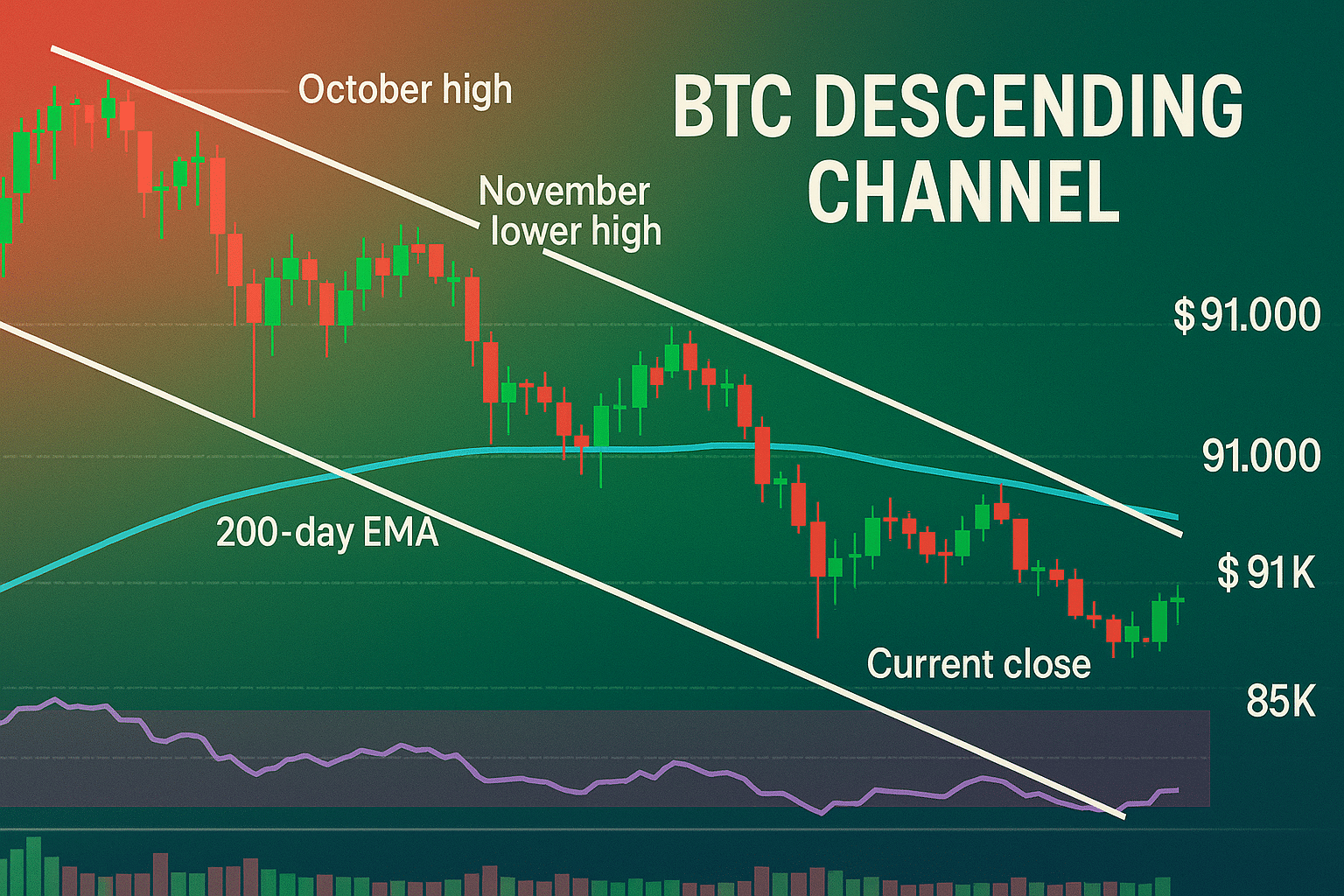Analysis of the 2021 Crypto Market Crash
The 2021 cryptocurrency market crash was a significant event that affected investors and the broader financial market. This article provides a detailed analysis of the crash, examining its causes, the impact on the market, and the lessons learned for future investments.
Introduction
The cryptocurrency market experienced explosive growth in the early part of 2021, reaching unprecedented highs. However, this growth was followed by a sharp and dramatic crash in May 2021. Understanding the factors that led to the crash and its subsequent impact is crucial for investors and the crypto community.
Background of the 2021 Crypto Market
Early 2021 Bull Run
The early months of 2021 saw a bull run in the cryptocurrency market, driven by institutional adoption, increased retail interest, and positive sentiment around digital assets. Bitcoin reached an all-time high of nearly $65,000 in April 2021, and other cryptocurrencies like Ethereum and Binance Coin also saw significant gains.
Market Euphoria
The euphoria surrounding the market was fueled by several factors, including:
- Institutional Investments: Companies like Tesla and MicroStrategy made substantial investments in Bitcoin.
- Mainstream Adoption: Increased adoption of cryptocurrencies by payment platforms like PayPal and financial institutions.
- DeFi Boom: The rise of decentralized finance (DeFi) projects attracting massive capital inflows.

Causes of the Crash
Regulatory Concerns
One of the primary triggers of the 2021 crypto market crash was growing regulatory concerns. In May 2021, China intensified its crackdown on cryptocurrency mining and trading, leading to widespread fear and uncertainty. The People’s Bank of China reiterated its ban on financial institutions providing services related to cryptocurrencies, causing a massive sell-off.
Environmental Concerns
Environmental concerns regarding Bitcoin mining also played a role in the market downturn. Tesla CEO Elon Musk announced that the company would suspend Bitcoin payments due to concerns about the environmental impact of Bitcoin mining. This announcement led to a sharp decline in Bitcoin’s price and affected the broader market.
Overleveraging and Liquidations
The market crash was exacerbated by the high levels of leverage used by traders. As prices began to fall, leveraged positions were liquidated, causing further downward pressure on prices. The cascading liquidations contributed to the severity of the crash.
Market Sentiment
Negative market sentiment and panic selling further fueled the downturn. As prices began to drop, fear spread among investors, leading to a widespread sell-off. The rapid decline in prices eroded confidence in the market, leading to more selling pressure.
Impact on the Market
Price Declines
The crash resulted in significant price declines across the cryptocurrency market. Bitcoin fell from its peak of nearly $65,000 to below $30,000 within a few weeks. Other major cryptocurrencies, including Ethereum, Binance Coin, and Dogecoin, also saw substantial declines.
Market Cap Reduction
The total market capitalization of the cryptocurrency market decreased by more than $1 trillion during the crash. This sharp decline highlighted the volatility and speculative nature of the market.
Investor Losses
Many investors incurred significant losses during the crash. Those who entered the market during the peak of the bull run were particularly affected. The crash served as a stark reminder of the risks associated with investing in cryptocurrencies.
Lessons Learned
Importance of Regulatory Awareness
The 2021 crypto market crash underscored the importance of being aware of regulatory developments. Regulatory actions can have a significant impact on market sentiment and prices. Investors should stay informed about regulatory news and consider its potential effects on the market.
Risk Management
The crash highlighted the need for effective risk management strategies. Using high levels of leverage can amplify gains but also increase the risk of significant losses. Investors should use leverage cautiously and implement risk management measures, such as stop-loss orders.
Diversification
Diversification is a key strategy for mitigating risk. The crash demonstrated that the cryptocurrency market can be highly correlated, with most assets declining simultaneously. Diversifying investments across different asset classes can help reduce the impact of market downturns.
Long-Term Perspective
Investing with a long-term perspective can help investors weather market volatility. While the crash caused significant short-term losses, the cryptocurrency market has historically shown resilience and the potential for long-term growth. Staying focused on long-term goals can help investors avoid panic selling during downturns.
Conclusion
The 2021 crypto market crash was a significant event that had a profound impact on investors and the market as a whole. By understanding the causes and lessons learned, investors can make more informed decisions and better navigate the volatile cryptocurrency market.
For more in-depth analyses and guides on cryptocurrency security and best practices, visit our crypto guides and news page.
Consider using platforms with robust security measures. For advanced trading features, claim up to $30,000 in rewards by signing up with Bybit.
For more information on crypto events and incidents, check out our detailed articles at Crypto Events and Incidents.
Stay Updated
For the latest airdrops and crypto news, follow us on:
Stay informed with the latest updates, analyses, and strategies to help you navigate the world of cryptocurrency at FreeCoins24.io. For detailed reviews and ratings of various exchanges, visit our exchanges page.

















